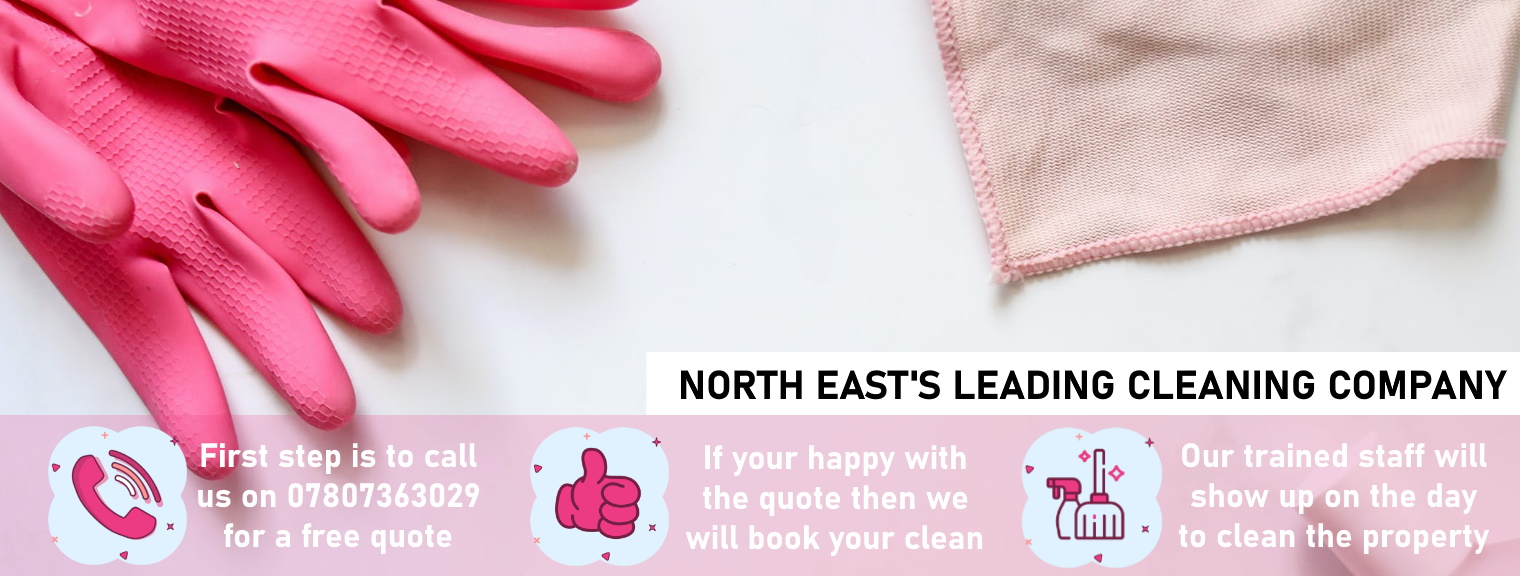The best position for a washing machine or a dishwasher is in the kitchen near to the hot and cold water supply, and the existing waste pipe. Both appliances are high wattage and will require their own dedicated electrical socket. Never use extension leads or socket adapters.
On the back of the appliance there should be 3 hose connectors; a hot and cold water supply and a waste hose. Some appliances may not have a hot water hose, though most washing machines and dishwashers can heat up cold water when required.
The hot and cold water hoses should be connected from the rear of the appliance to the existing hot and cold water supply pipes at an accessible point, such as underneath the kitchen sink. Where the hoses join the pipework use either “T” joint connectors or self-cutting connectors.
With self-cutting connectors there is no need to turn the water supply off and they are very simple to use. Locate the front and rear plates onto the existing hot or cold water pipe, screw the plates together, then locate and turn the self cutting tool to create the hole.
If using “T” joint connectors make sure you turn the water off at the main stopcock, see worksheet ³Draining the water pipes² for more details. Using the hack saw cut through the pipe. Smooth the ends of the pipe with the file and fit the “T” joint.
Now fix the hot and cold water hoses to the back of the appliance to the appropriate coupling as labelled on the rear of the machine. Secure both hoses in place using the fittings supplied. New washing machines come with hoses and fittings supplied.
Now fix the hot and cold supply hoses to the connectors on the hot and cold water pipes again using the fittings supplied. In order to prevent water flowing from the appliance back into the mains, you must fit a single check valve to each supply hose.
Due to their heavy usage, domestic dishwashers and washing machines are more likely to break down than other appliances. Fit a separate stopcock alongside the single check valves on both supply pipes, so that maintenance can be carried out without cutting the mains supply.
If you are using plastic piping then you will need to install an electrical earthing bond to earth the pipe. Use a waste pipe kit with self cutting projector to connect the appliances waste hose to the existing household waste pipe. Purchase a drain kit with a non-return valve fitted to avoid any waste water running from the sink back into the appliance.
Locate the front and rear plates onto the existing waste water pipe, screw the plates together, then locate and turn the self-cutting tool to create the hole. Screw the drain kit connector onto the front plate located on the waste pipe. Then connect one end of the waste hose onto the rear of the appliance and the other end onto the drain connector on the waste pipe. Secure the hose in place using the hose clips. Now turn the water supply back on. Check the rear of the appliance, the hoses and connectors for any leaks or drips when using for the first time.
